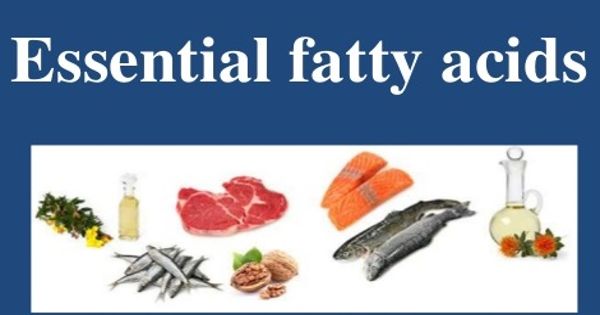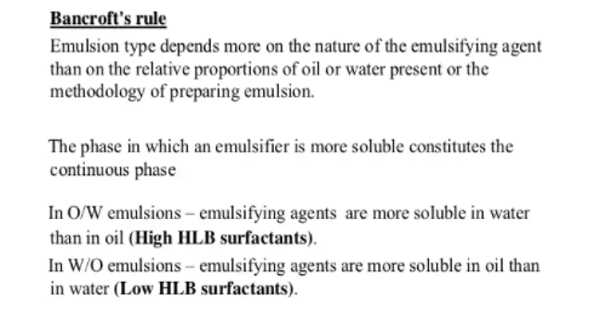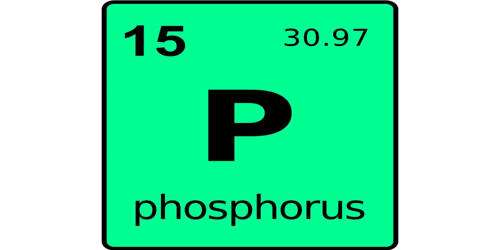Fatty acids are natural components of fats and oils. Essential fatty acids, or EFAs, are fatty acids that humans and other animals must eat. EFA composed of the linoleic (n−6) and linolenic (n−3) families of polyunsaturated fatty acids (PUFAs), and highly unsaturated fatty acids (HUFAs), must be supplied in the diet. The body needs them for good health but cannot make them. It is a fatty acid that cannot be synthesized by the body and is therefore essential to the diet. In humans, alpha-linoleic acid and linolenic acid are the primary essential fatty acids.
Essential fatty acids (EFAs) are fatty acids that cannot be synthesized de novo by animals, but by plants and microorganisms, such as bacteria, fungi, and molds, and whose deficiency can be reversed by dietary addition.
Generally, a fatty acid consists of a straight chain of an even number of carbon atoms, with hydrogen atoms along the length of the chain and at one end of the chain and a carboxyl group (―COOH) at the other end. Only two fatty acids are essential for humans. When the two EFAs were discovered in 1923, they were called “vitamin F”, but in 1929, research on rats showed that the two EFAs are fats rather than vitamins. Essential fatty acids and lipids are required for energy production, cell membrane synthesis, intracellular signaling molecules, and hormone production.

Essential fatty acids and their derivatives are critical to the brain and nervous system with these representing 15%–30% of the dry weight of the brain. Some other fatty acids are “conditionally essential”, meaning that they may become essential under some circumstances. It is an unsaturated fatty acid that is essential to human health but cannot be manufactured in the body.
Fatty acids have a wide range of commercial applications. For example, they are used not only in the production of numerous food products but also in soaps, detergents, and cosmetics.
Essential fatty acids cannot be produced in the body in needed amounts, so they must be consumed through the diet. They are classified as omega-3 and omega-6 fatty acids. They are polyunsaturated fatty acids that provide nutritional value above and beyond their contribution as a source of energy. All fats, including saturated fatty acids, have important roles in the body. However, the most important facts are those that the body cannot make and thus must come from the food we eat. These essential fatty acids (EFAs) are based on linoleic acid (omega-6 group) and alpha-linolenic acid (omega-3 group).
Information Source:
















